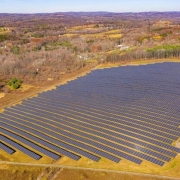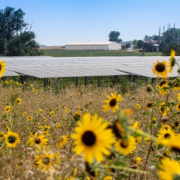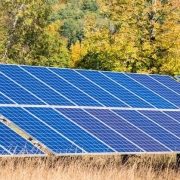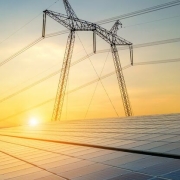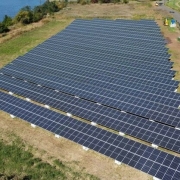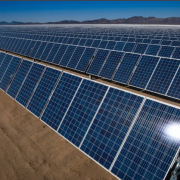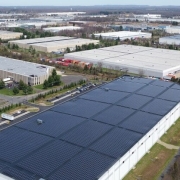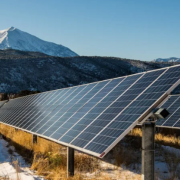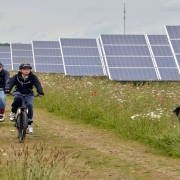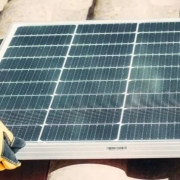US community solar deployment is expected to more than double over the next five years despite 2022 seeing a 16% decline year-on-year, as the sector is set to see benefits from the Inflation Reduction Act (IRA) taking hold.
According to a report from Wood Mackenzie and the Coalition for Community Solar Access (CCSA), 2022 saw 1.01GW of community solar installed across the US, a fall from 1.19GW in 2021.
Community solar is a description of relatively small-scale solar projects that serve local communities.
Click here to read the full article
Source: PV Tech
—
If you have any questions or thoughts about the topic, feel free to contact us here or leave a comment below.

